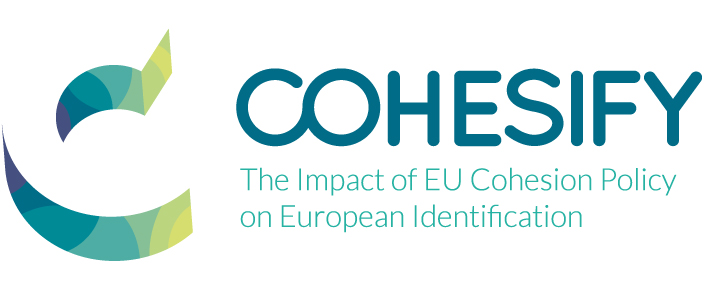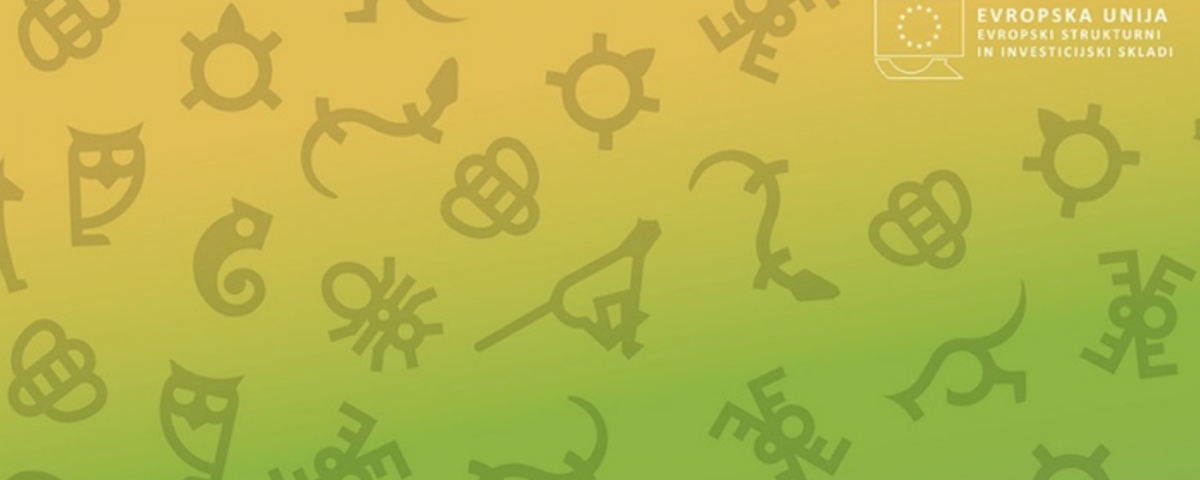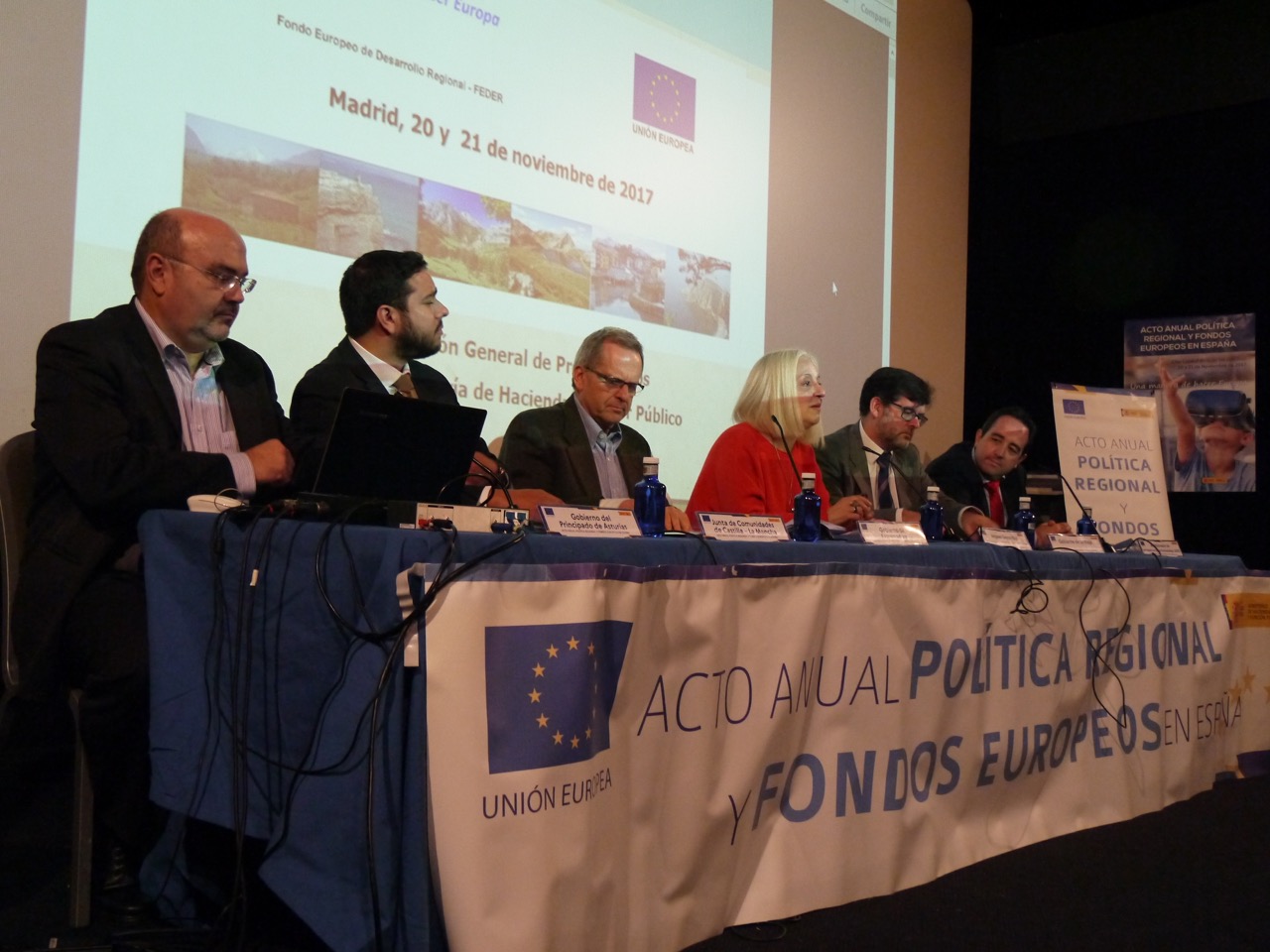
COHESIFY partner organises communication event in Madrid
January 10, 2018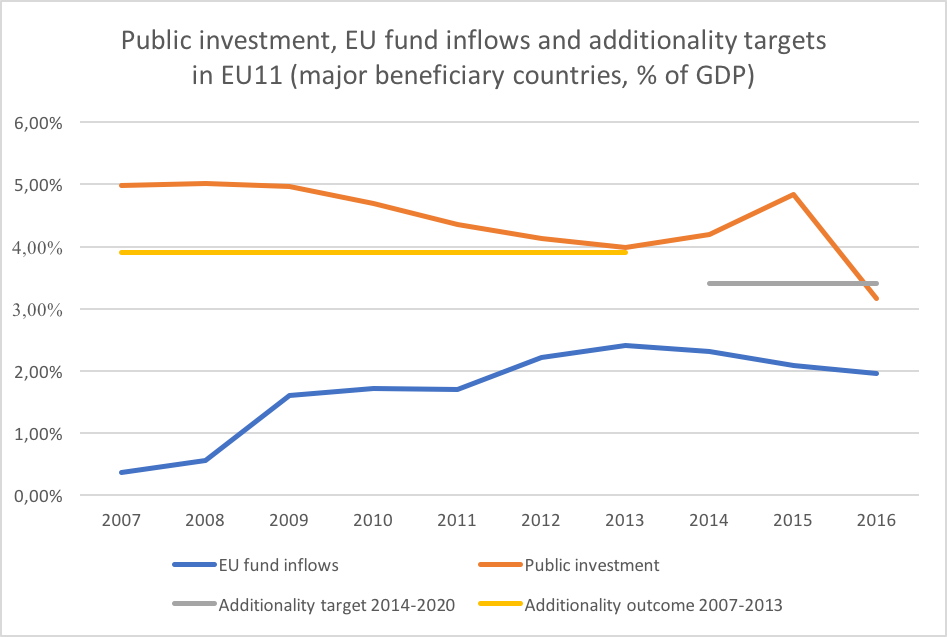
Additionality of EU Funds in Central and Eastern European countries – recent developments
January 23, 2018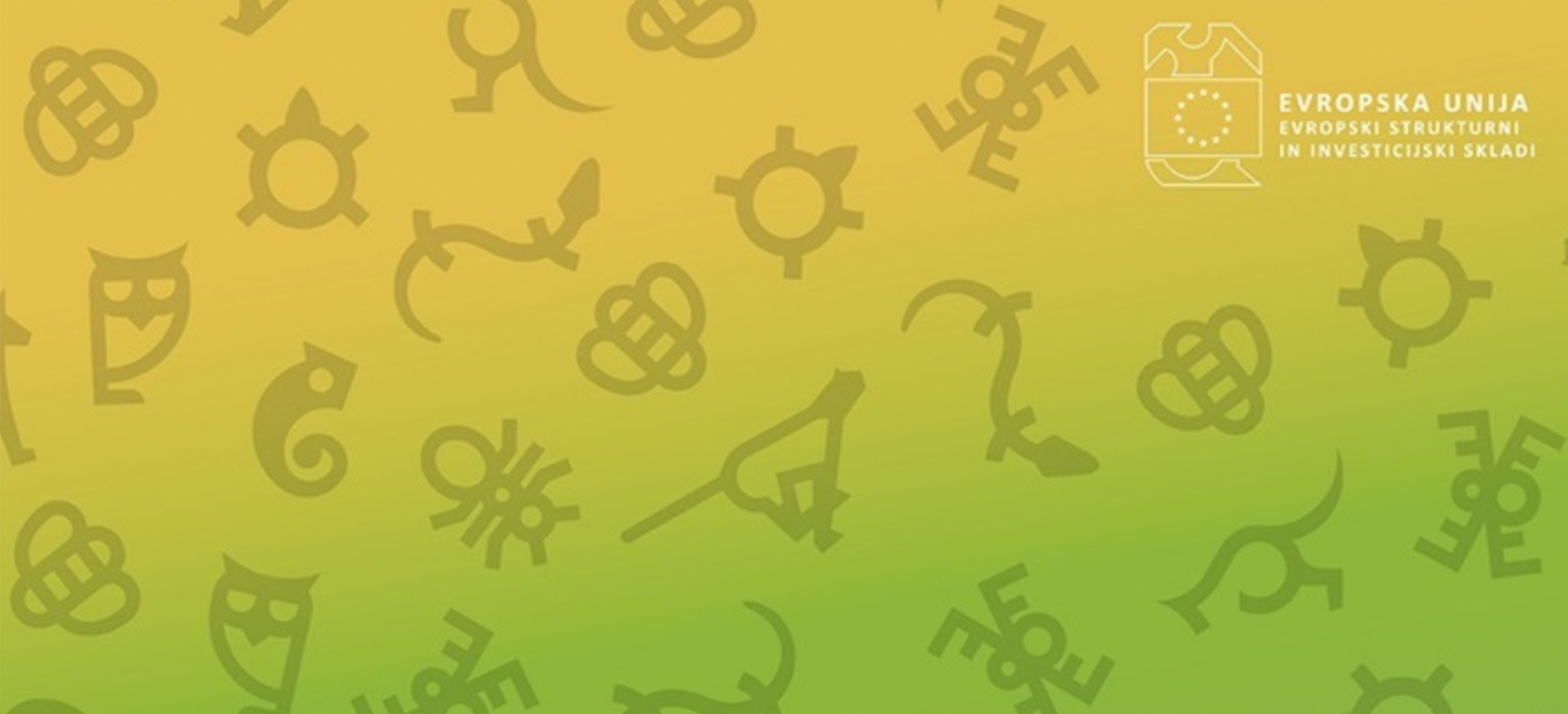
In Slovenia, a more comprehensive approach towards communicating the European Cohesion Policy (ECP) was applied as of 2008.
Even though no more than two persons have been responsible for the activities concerning informing and communication on national level, the continuity of human resources working in this area enabled for the approach to evolve through time. This was specifically done by building on the existing experience. Among the best practices identified in Slovenia were the e-bulletin, the organisation of interactive events and designing the visual image of the policy.
The e-bulletin was not just a one-way communication tool. On the opposite, it became a sort of a communication platform for the epistemic community of those engaged in ECP. It helped to set a network that could be used by different stakeholders such as local municipalities, research agencies, private enterprises and individuals. Moreover, the Managing Authority used the subscribers list to get a ‘qualified feedback’ on various aspects of the ECP in Slovenia.
The number of subscribers to the e-bulletin grew constantly: it 2010 it was 1,800 and in 2012 it reached 2,100. According to the recent information form the Managing Authority, the number of subscribers is currently around 5,000. In 2010, as a part of the mid-term review of the communication plan, survey was implemented among subscribers. Out of 209 subscribers who responded, 84 percent found bulletin either useful or very useful.
Some of the best examples of the big interactive annual events include the safe driving lessons event which took place in 2010 to present the investments in transport infrastructure and the open doors event at the regional waste management centres in 2011, accompanied by a waste recycling campaign.
The e-bulletin
The electronic bulletin “Cohesion e-corner” (Kohezijski kotiček) was first published in September 2008. Each month, a new issue was sent to the addresses of subscribers (those interested could subscribe or unsubscribe on the official webpage of the ECP in Slovenia), bringing news about calls, contact persons, good practices, workshops and events. The e-bulletin served as a source of information for different publics. By integrating various types of information, it contributed to the strengthening of the broader understanding of the state of the ECP in Slovenia.The e-bulletin was not just a one-way communication tool. On the opposite, it became a sort of a communication platform for the epistemic community of those engaged in ECP. It helped to set a network that could be used by different stakeholders such as local municipalities, research agencies, private enterprises and individuals. Moreover, the Managing Authority used the subscribers list to get a ‘qualified feedback’ on various aspects of the ECP in Slovenia.
The number of subscribers to the e-bulletin grew constantly: it 2010 it was 1,800 and in 2012 it reached 2,100. According to the recent information form the Managing Authority, the number of subscribers is currently around 5,000. In 2010, as a part of the mid-term review of the communication plan, survey was implemented among subscribers. Out of 209 subscribers who responded, 84 percent found bulletin either useful or very useful.
Interactive events
In 2010, the Managing Authority decided to take annual communication events out of conference halls to the locations of big projects which received support from ECP. Prior to that, only administrative officers were present at the events. The programme of the events was focused on formal aspects and the response of the media was weak. In contrast, the new approach built on practical experience with the contribution of the ECP in Slovenia. Typically, the biggest project completed in the given year was chosen as a venue. A special programme was designed to highlight the contribution for ordinary citizens through their practical experience. The informing, communication and advertising campaigns in the given year focused on the issue area to raise awareness. At the events, other beneficiaries also presented their projects and could talk directly with public representatives and representatives of the European Commission.Some of the best examples of the big interactive annual events include the safe driving lessons event which took place in 2010 to present the investments in transport infrastructure and the open doors event at the regional waste management centres in 2011, accompanied by a waste recycling campaign.
Due to a strong and positive response from the public, the events attracted substantial media attention. Following the public opinion survey of November 2011, as much as 67% of the respondents noticed the open doors event of regional centres for waste management.
In general, the projects were considered the best promotors of the ECP. The Eurobarometer survey »Awareness and perception of citizens on regional policy« of September 2013 showed that 60% of the respondents in Slovenia heard about a project co-financed by EU. Out of this group, 84% thought that these have positive effect.
The persistent implementation of the experience and project based communication gave results. In 2013, 930 people responded to campaign to vote on best project funded by the EU. In 2017, number of votes in the “EU project my project” campaign reached as much as 63,642.
For the new programming period 2014-2020, the Managing Authority decided to take a bolder approach. A new integrated visual identity was designed based on 11 thematic priority of the Strategy EU 2020, each represented by a typographic abstract image of an animal, characteristics of which embodied the priority. The colours that were used were based on colours previously applied for representing individual structural funds, thus providing for some continuity in visual communication
According to the communication officers, the intention was not that everyone could immediately link the image of an animal with a specific priority. However, the ‘animals’ did become largely associated with the ECP in Slovenia and contributed to its positive image. Moreover, a good looking and modern design was also important for strengthening the identity of those involved in the ECP in Slovenia, providing them with self-esteem and pride. It is a common thing in Slovenia today to see a sticker with an ‘animal’ on a bicycle or a car used by someone professionally engaged with the ECP.
To watch a video on the integrated visual identity (in Slovenian) click here.
In general, the projects were considered the best promotors of the ECP. The Eurobarometer survey »Awareness and perception of citizens on regional policy« of September 2013 showed that 60% of the respondents in Slovenia heard about a project co-financed by EU. Out of this group, 84% thought that these have positive effect.
The persistent implementation of the experience and project based communication gave results. In 2013, 930 people responded to campaign to vote on best project funded by the EU. In 2017, number of votes in the “EU project my project” campaign reached as much as 63,642.
Graphic design
In the programming period 2007-2013, visual identity of the ECP in Slovenia was very basic and formal, focused on requirements such as EU flag, official logos and text. One of the innovative elements was the use of different colours for different fundsFor the new programming period 2014-2020, the Managing Authority decided to take a bolder approach. A new integrated visual identity was designed based on 11 thematic priority of the Strategy EU 2020, each represented by a typographic abstract image of an animal, characteristics of which embodied the priority. The colours that were used were based on colours previously applied for representing individual structural funds, thus providing for some continuity in visual communication
According to the communication officers, the intention was not that everyone could immediately link the image of an animal with a specific priority. However, the ‘animals’ did become largely associated with the ECP in Slovenia and contributed to its positive image. Moreover, a good looking and modern design was also important for strengthening the identity of those involved in the ECP in Slovenia, providing them with self-esteem and pride. It is a common thing in Slovenia today to see a sticker with an ‘animal’ on a bicycle or a car used by someone professionally engaged with the ECP.
To watch a video on the integrated visual identity (in Slovenian) click here.
Marko Lovec COHESIFY Research Fellow at Central European University Center for Policy Studies
